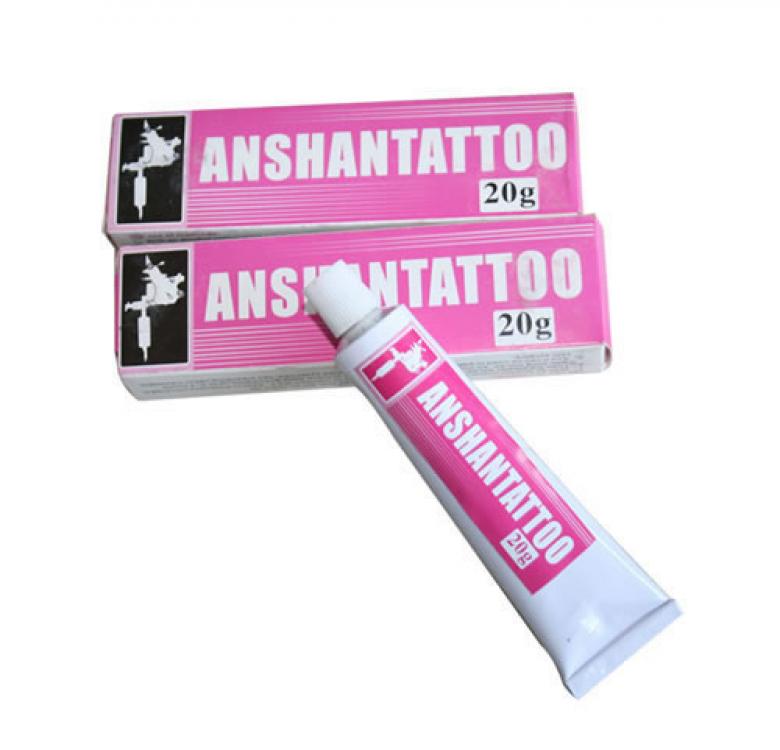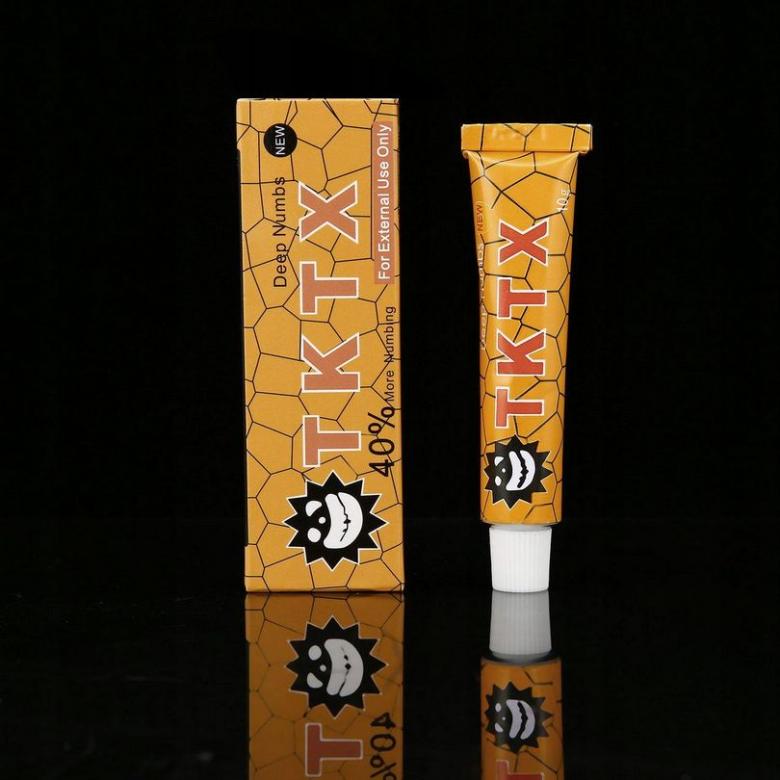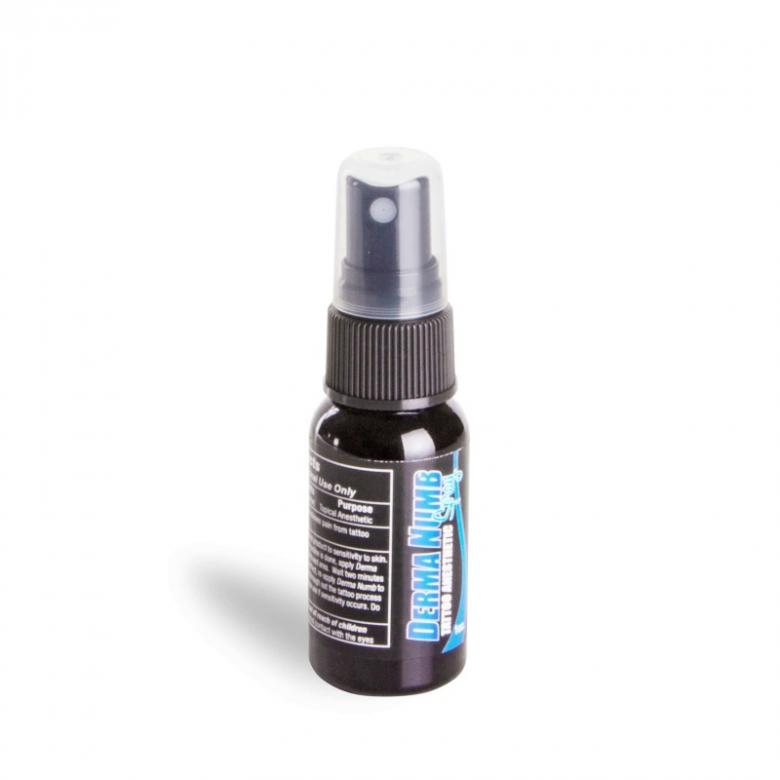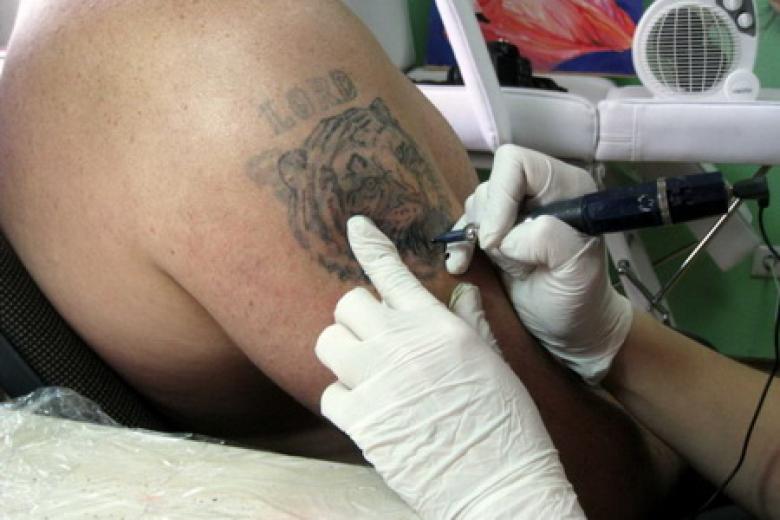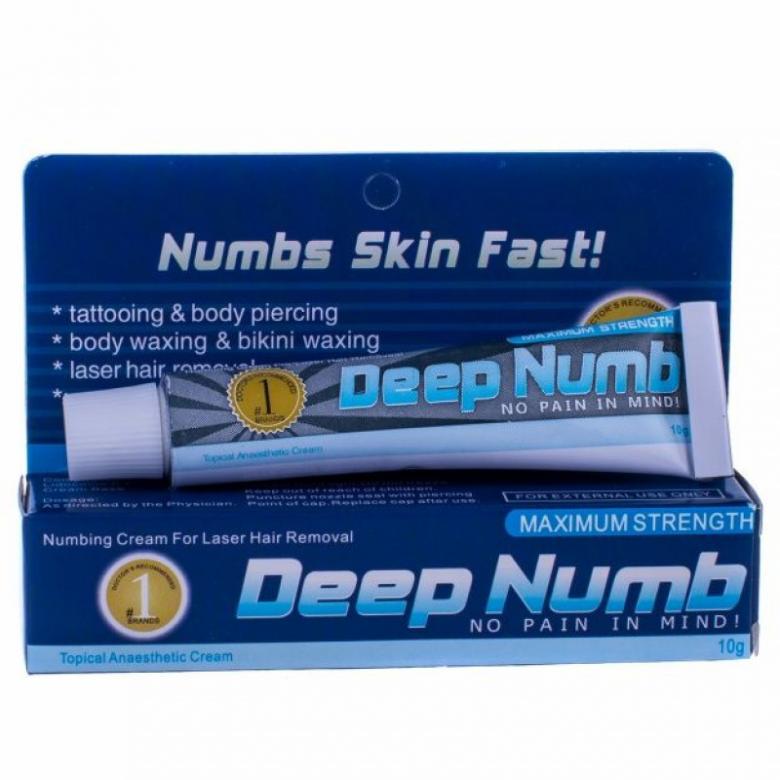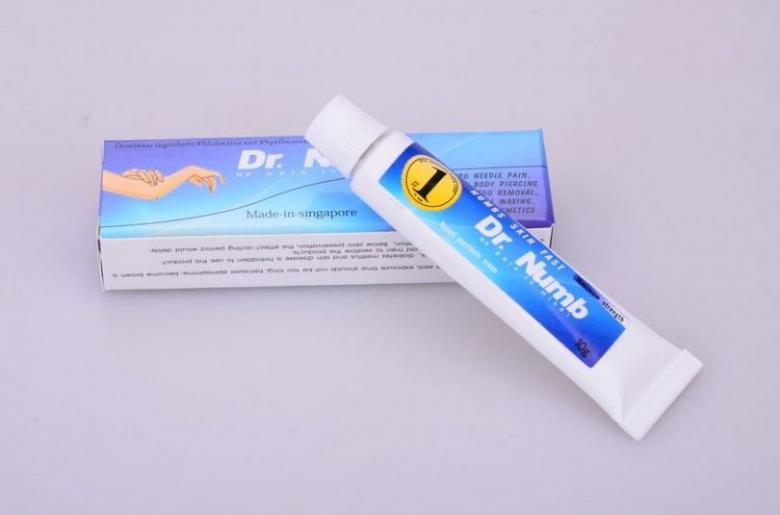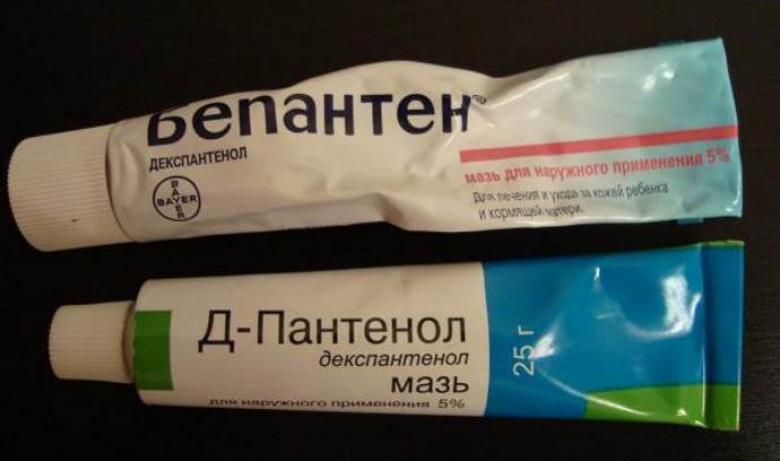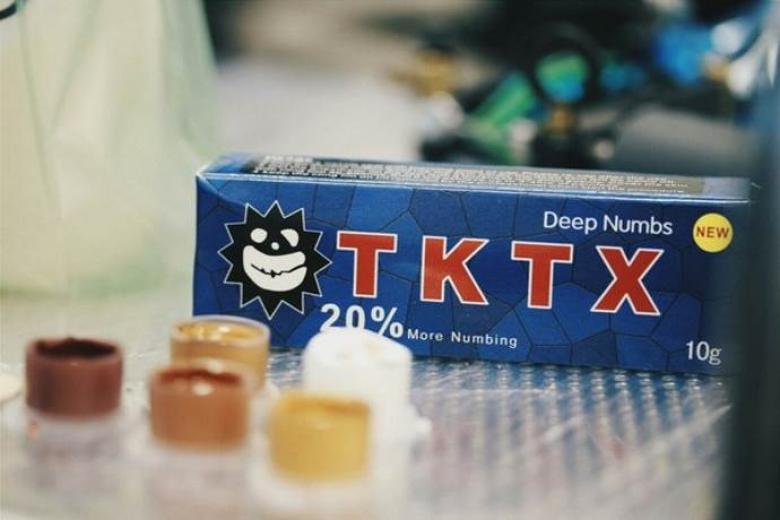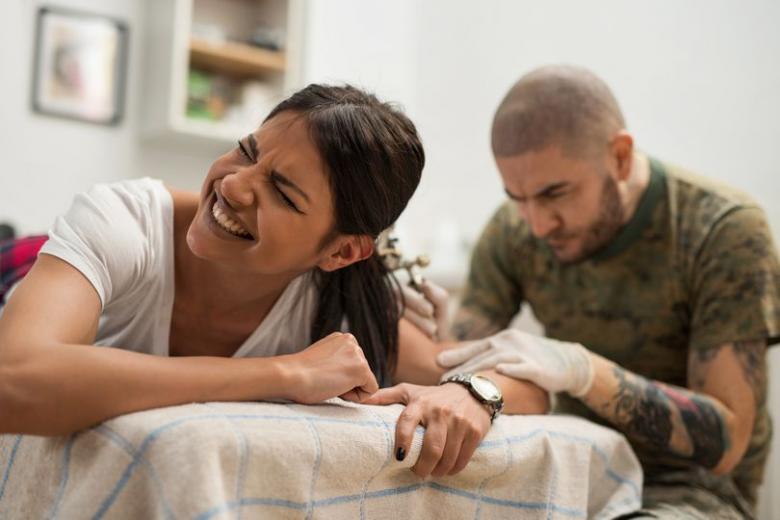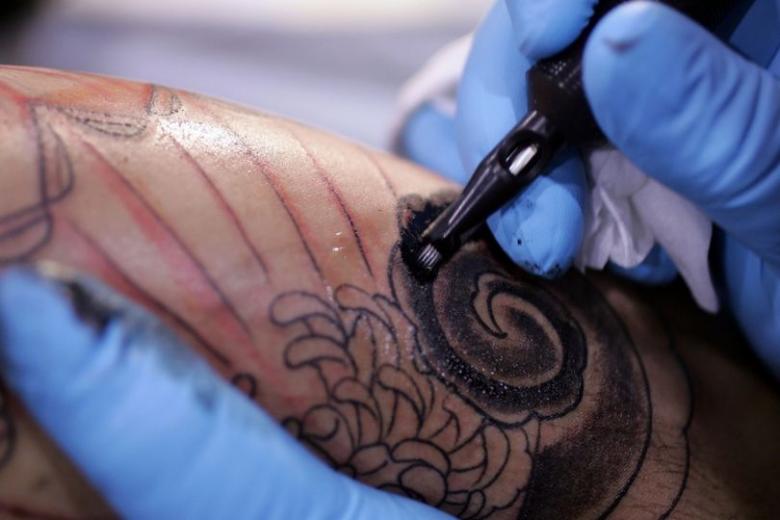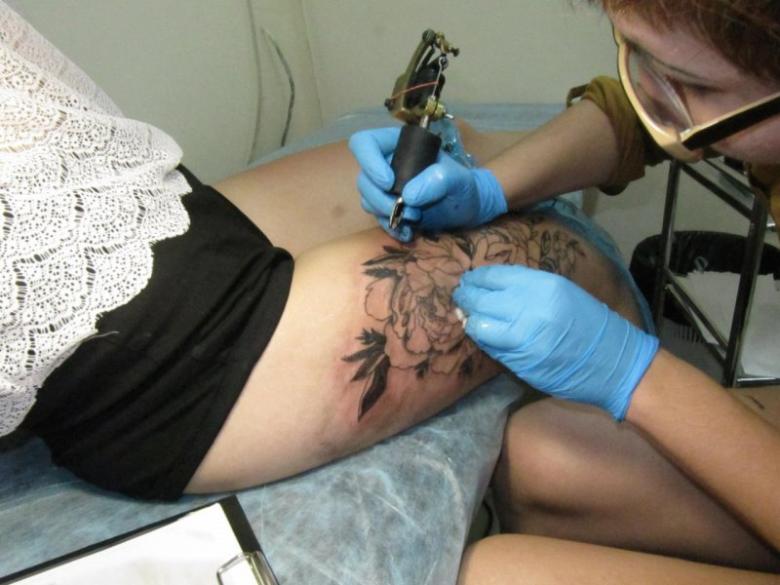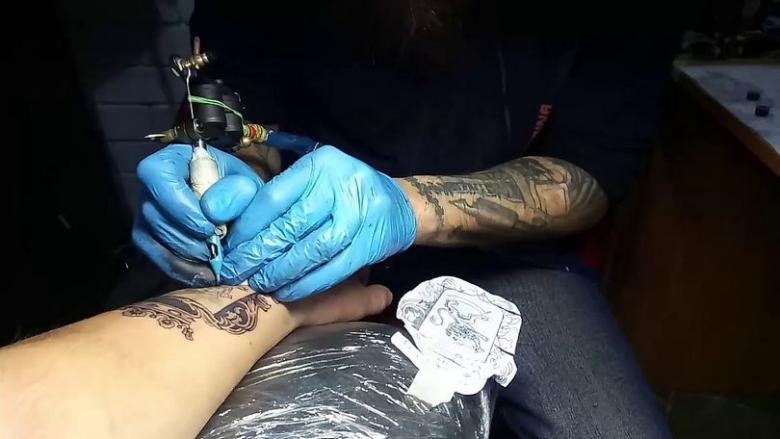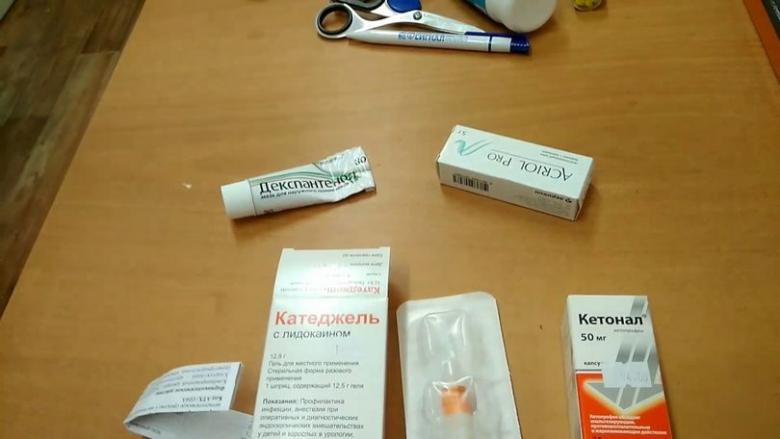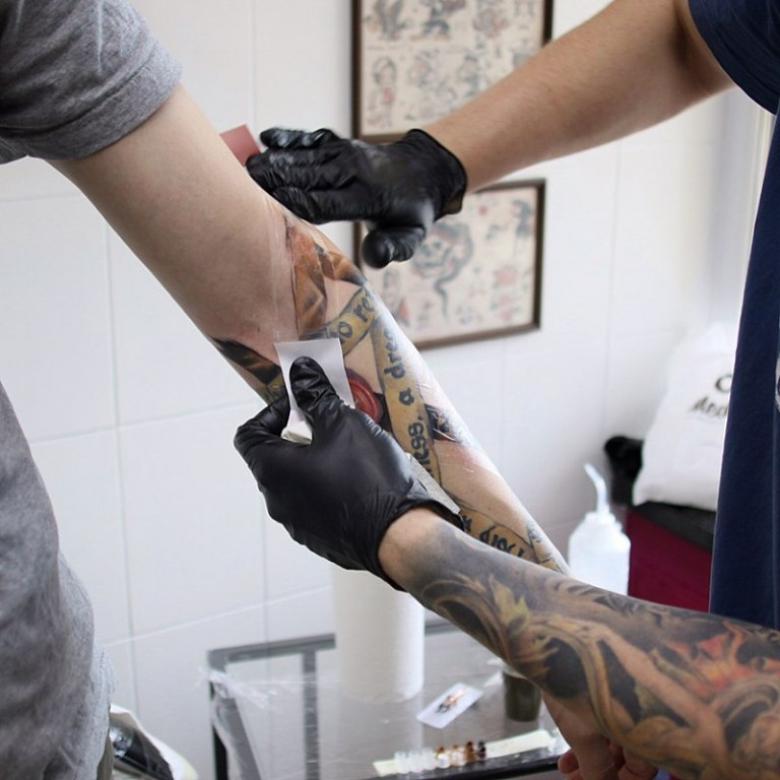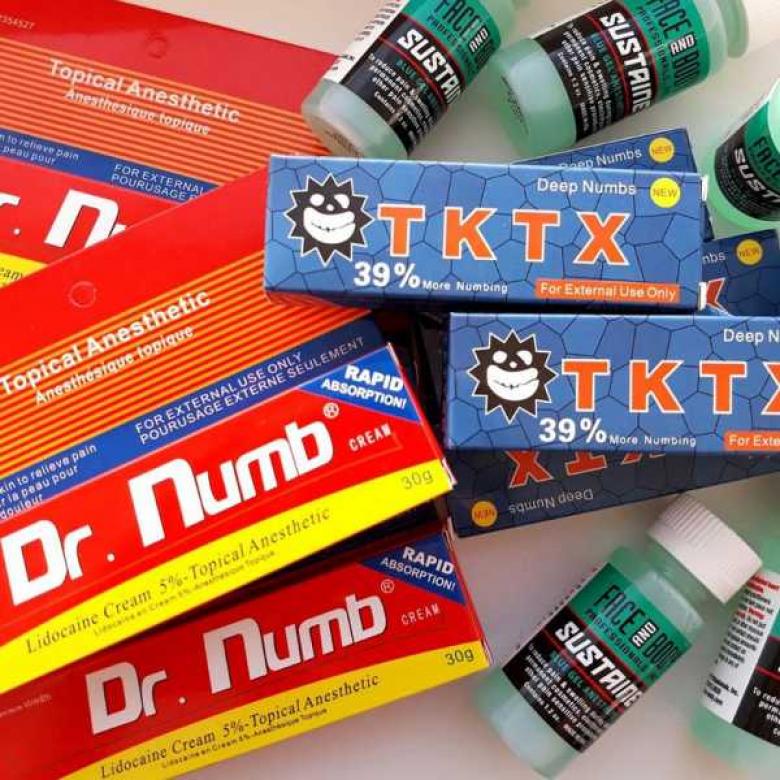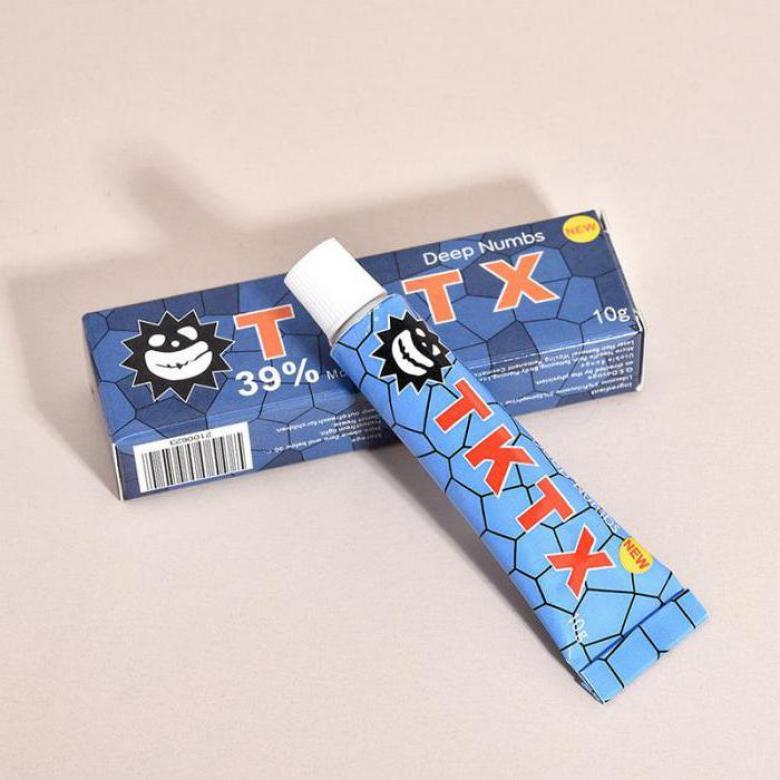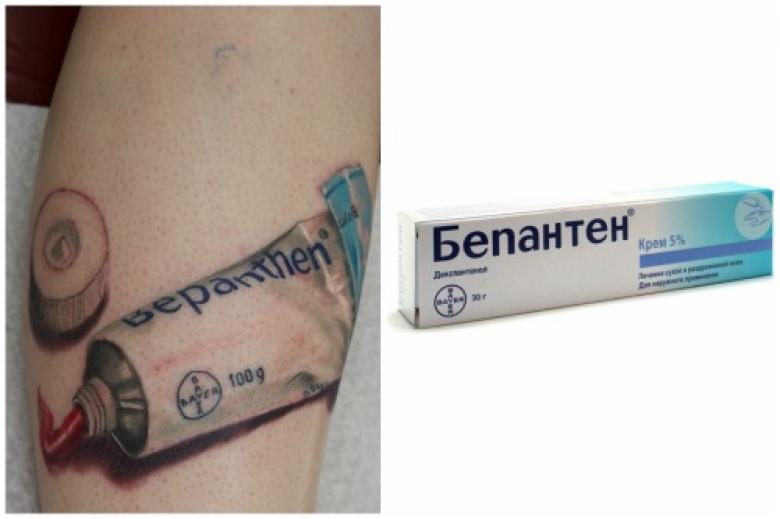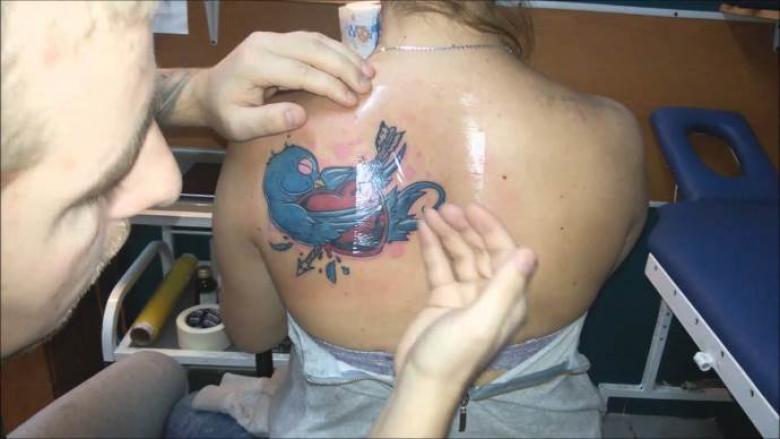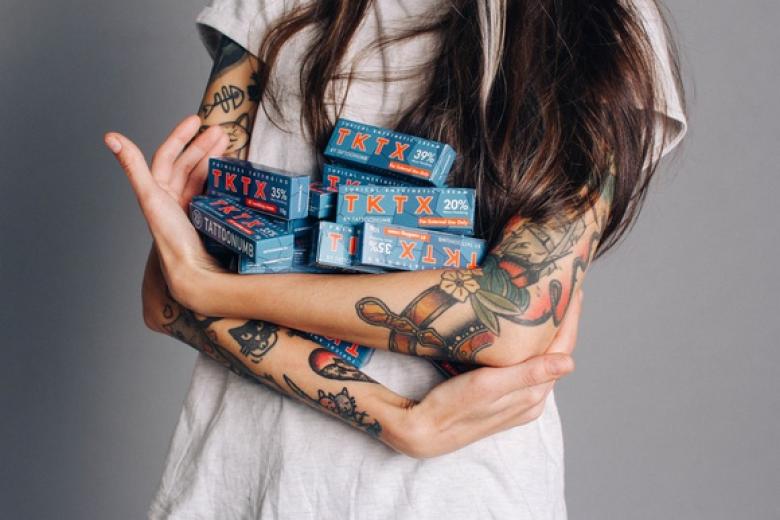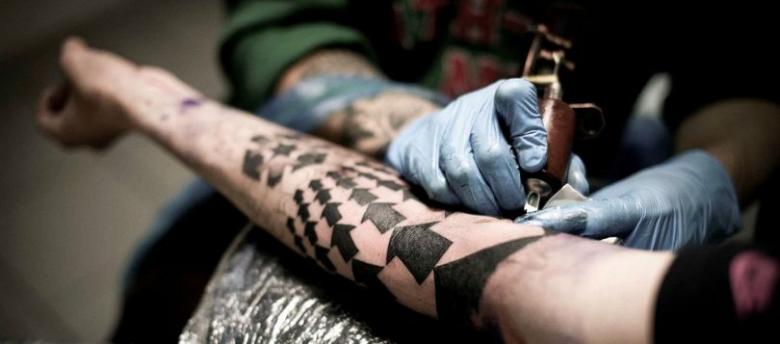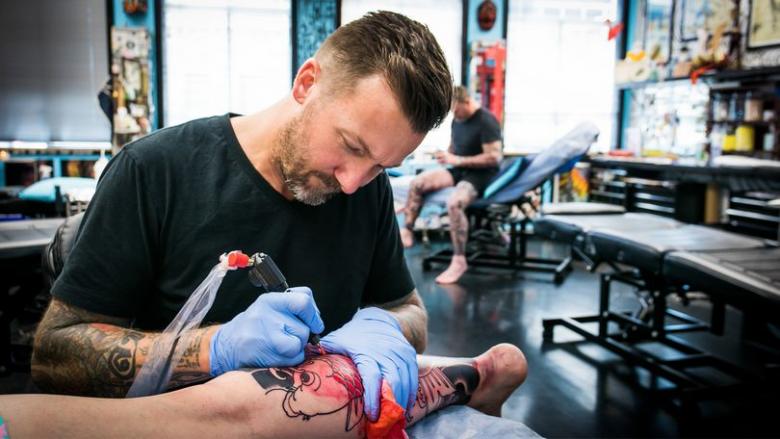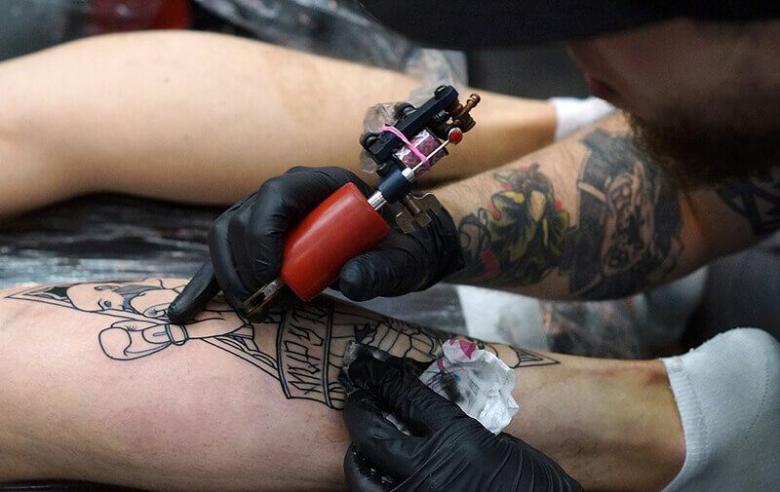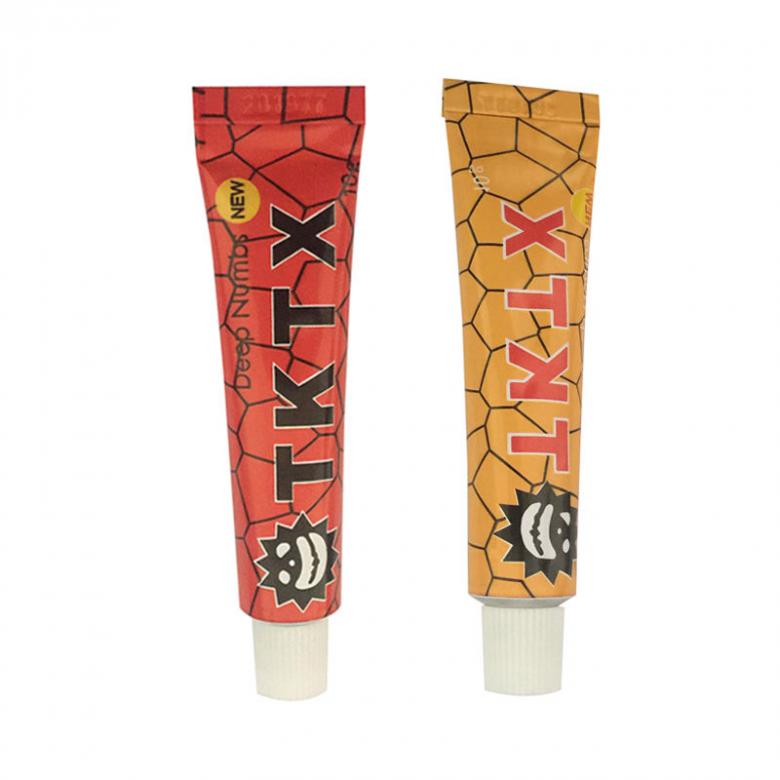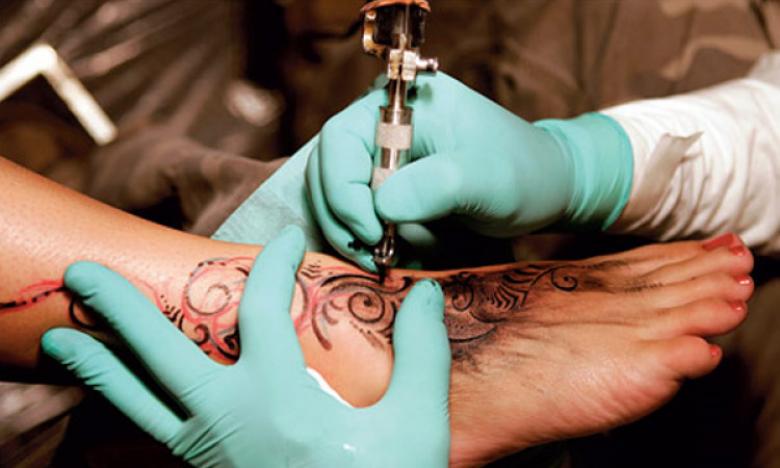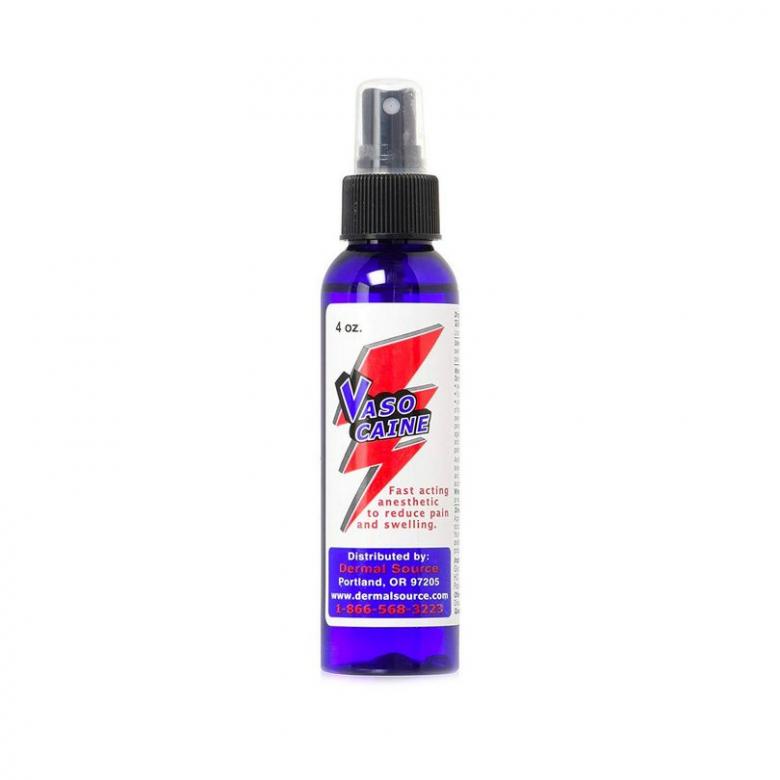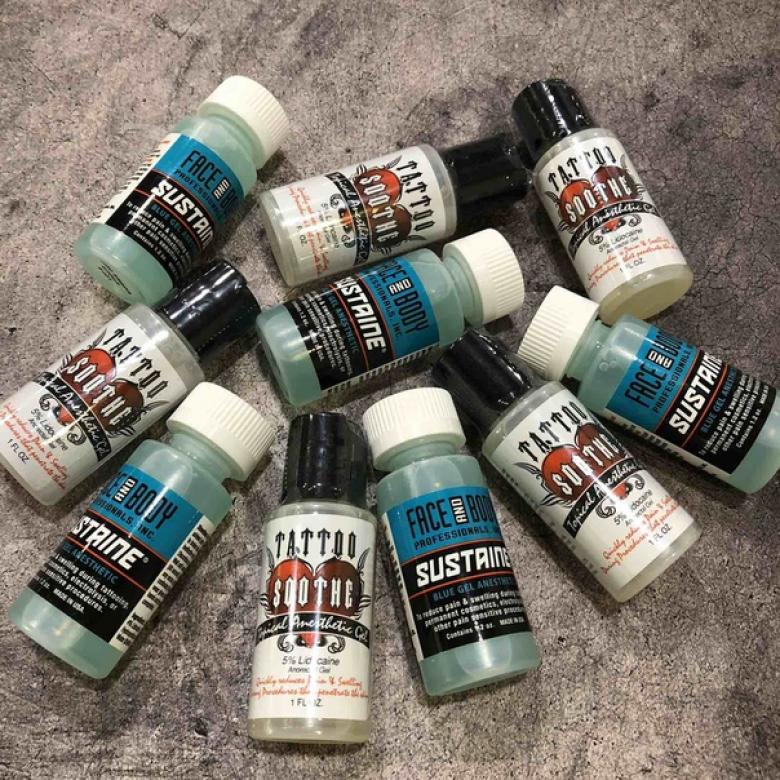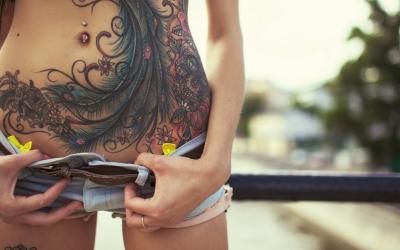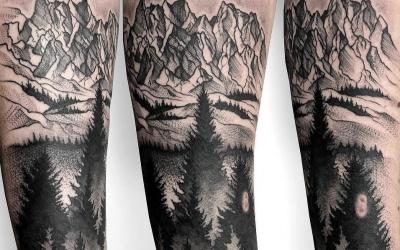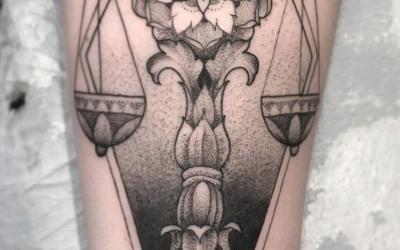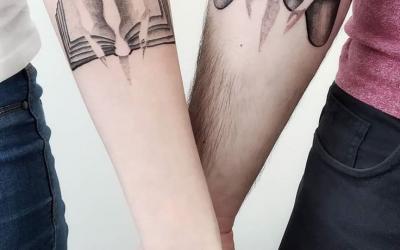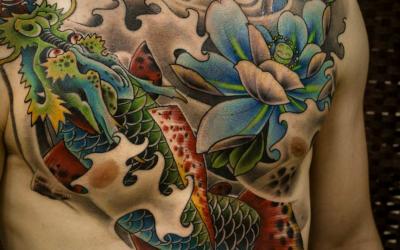How to get pain relief for tattoos - all about how to choose and use cream, ointment or gel for tattooing pain relief
Those who have decided to decorate the body with a tattoo are familiar with the feeling of excitement before the possible pain. For the elimination of discomfort developed a lot of professional means. But is their use always justified? Read the answer to this and other questions in this article.
Analgesics or anesthetics, which is preferable?
The main purpose of all pain medications is to relieve any discomfort. However, the effect of their use varies greatly, especially if we are talking about analgesics and anesthetics.
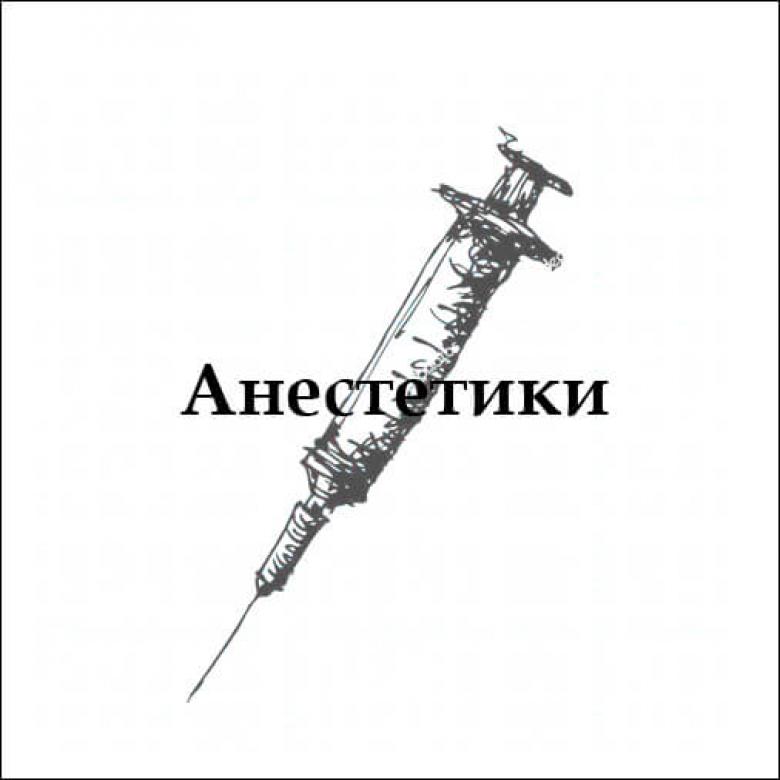
The task of the former is to relieve pain in the lesion, to relieve spasm. Drinking before a visit to the tattoo-salon Analgin or Pentalgin tablets during a session will not give the desired effect. And some drugs (Ibuprofen) influence the blood values, which complicates the work and increases the period of healing of the traumatized skin area.

Anesthetics, in addition to their pain-relieving effect, take away sensitivity. They are administered intramuscularly, intravenously, by inhalation or surface application. They are not available in pill form!
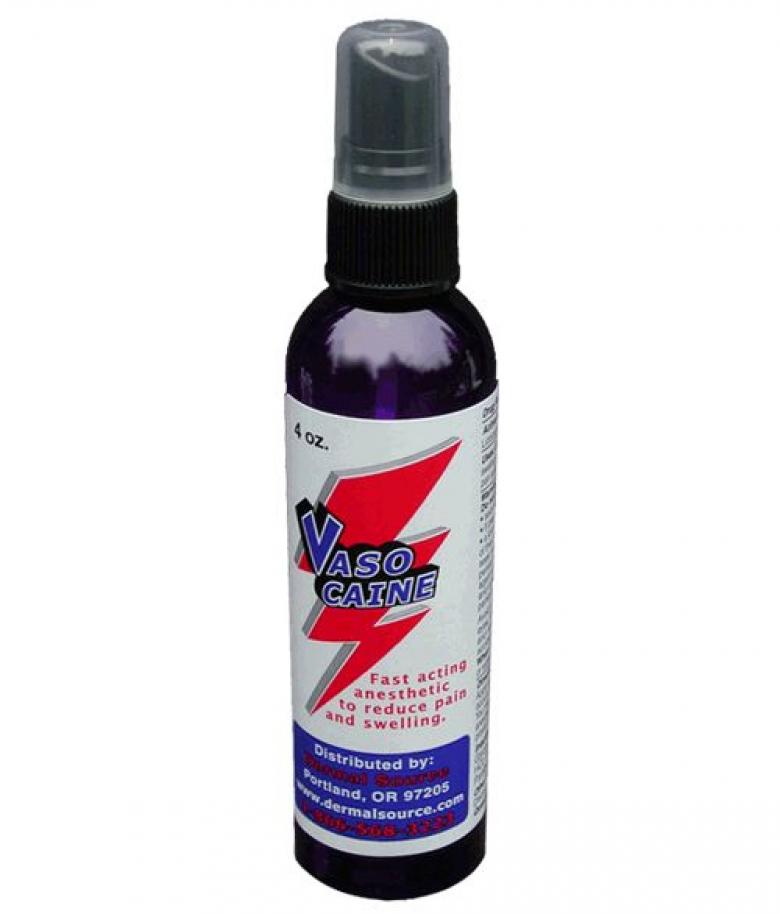
They are not injected before tattooing, as the skin is stretched, which eventually affects the quality of the drawing.

The "folk" analgesic, vodka, is categorically contraindicated. It dilates blood vessels, increases blood flow, increases perspiration and is NOT painless. No self-respecting artist would work with such a client.

For tattooing it is advisable to use local (application, terminal) anesthesia. Its effect is manifested in a temporary loss of sensitivity of the skin on a particular area of the body. Means are available as a spray, cream, ointment or gel.
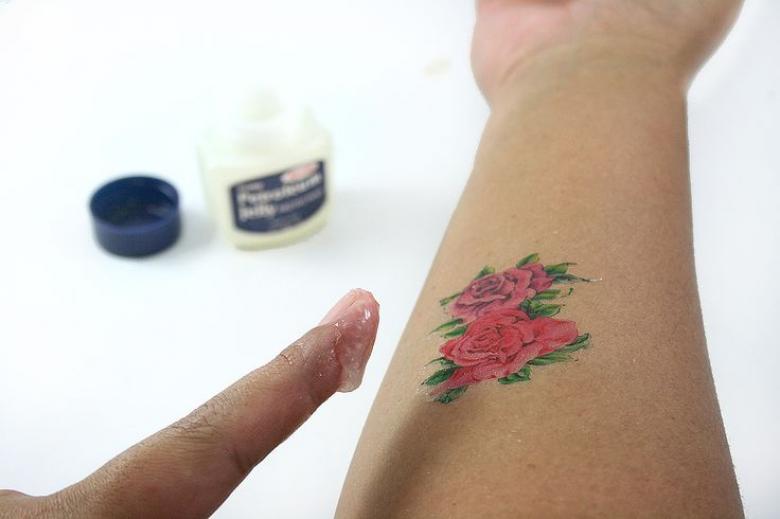
Preparations of local action
Anesthetics with a cooling effect are used for tattooing. The main active ingredient in them is Lidocaine. It reduces, and sometimes completely stops the pain for 2-4 hours. The time of action of the drug increases to 5-6 hours if lidocaine is combined with prelocaine, tetracaine or benzocaine.

In addition, the applicative anesthetics contain antibacterial and emollient components. They prevent the formation of hematomas (epinephrine), reduce the traumatic effect of the needle on the skin, and contribute to its rapid recovery after the procedure.
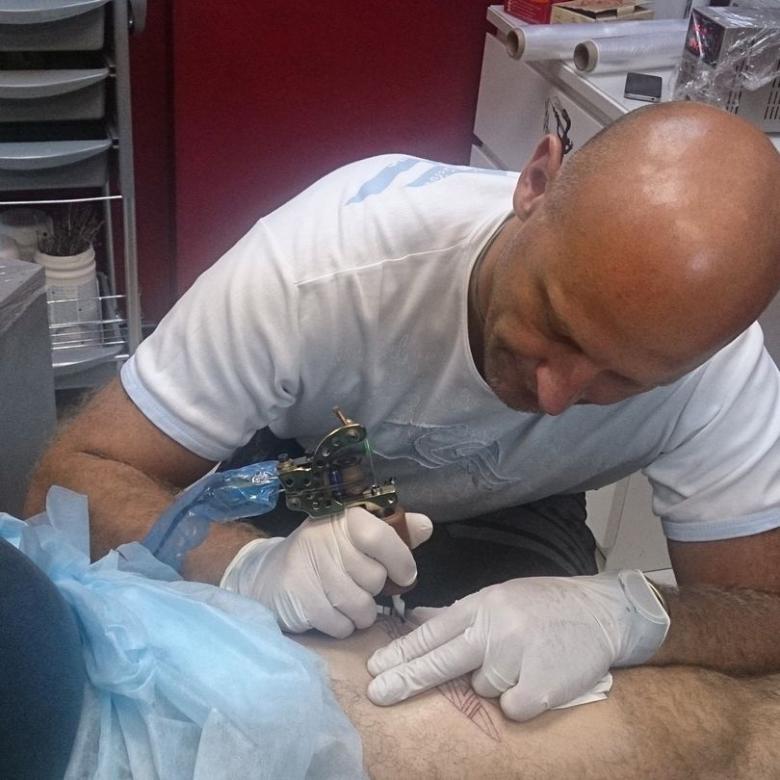
A simplified scheme of how anesthetic drugs work is as follows:
- The anesthetic is applied to the localized area of the skin;
- The active ingredients of the drug are absorbed and penetrate to a depth of up to 8 mm.
- The permeability of cell membranes decreases, and the rate of transmission of nerve impulses decreases.
- The CNS does not receive signals from the skin receptors, as a result the pain sensations temporarily disappear.

In the process of filling the pattern, the needle traumatizes the skin, so special attention is paid to cleanliness. It is necessary to remove all the hairs from the skin in advance. After that, the master degreases and treats it with antiseptic. The cream is applied strictly according to the instructions, 20-30 minutes before the start of the work and wrapped in foil. however, tattoo artists do not always use anesthetic preparations. One of the reasons is individual intolerance to the components of the drug.

Side effects and contraindications
Despite the relative safety, the immune system may respond unpredictably to internal interference. The reaction to the substances included in the ointment is manifested in the form of:
- Tissue swelling;
- deterioration of color pigment fixation due to an error in the selection of the drug, excessive amounts or high concentrations of lidocaine and its analogues;
- severe burning (up to chemical burns);
- Allergic reaction (from "urticaria", to anaphylactic shock - rare).
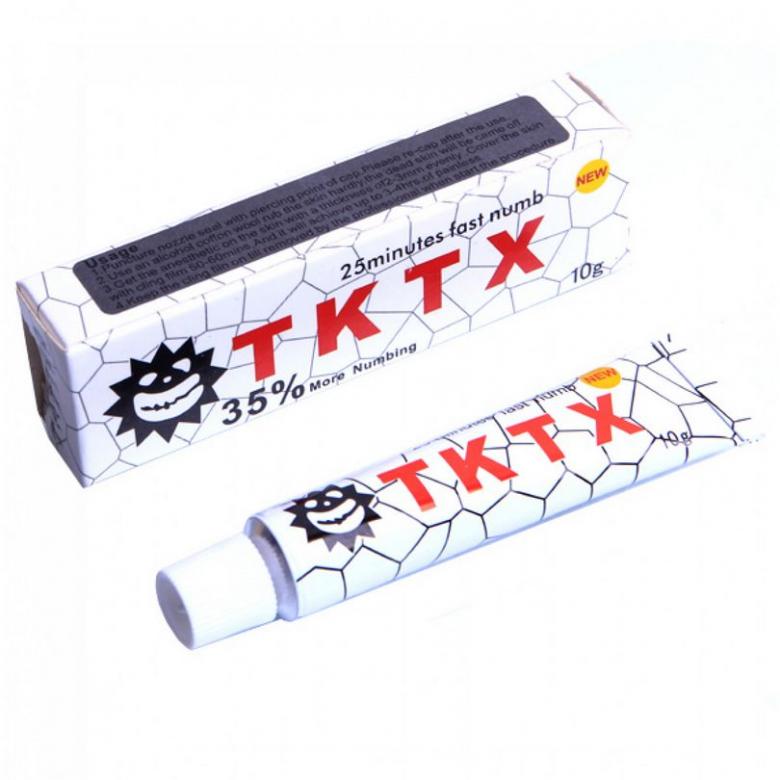
Contraindications to the use of anesthesia are:
- individual intolerance, allergies;
- cardiovascular disease, hypertension, diabetes, kidney disease, liver dysfunction;
- skin integrity disorders, open inflammatory processes;
- neoplasms, including benign (nevus, birthmarks);
- Pregnancy and breastfeeding.
Based on the information you have gathered beforehand, you can start choosing an anesthetic cream.
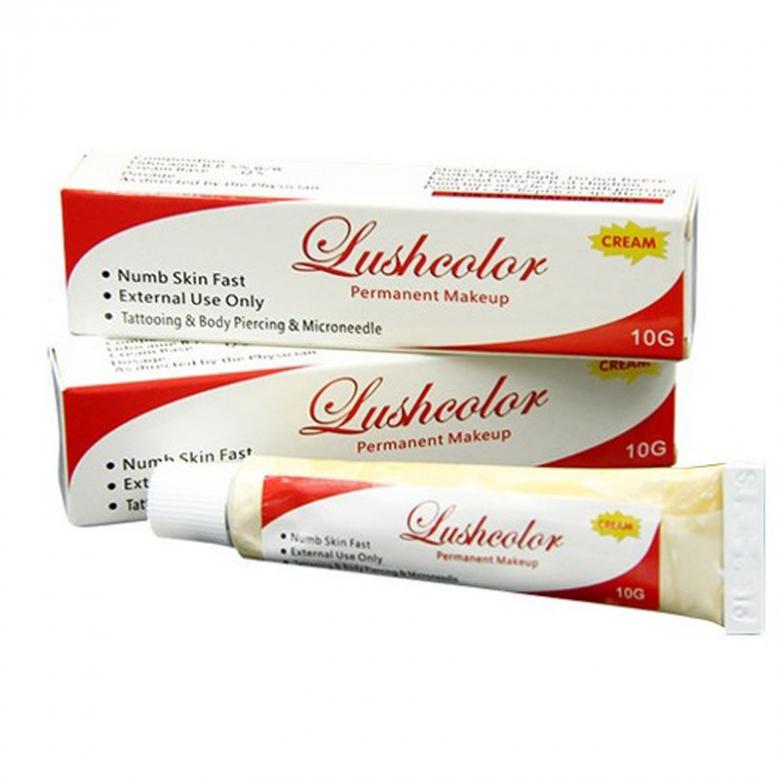
List of the most popular anesthetics
The variety of modern anesthetics allows you to accurately select them according to the needs and individual characteristics of the client. Below is a list of commonly used agents:
- Ointment "TKTX" - used for application and removal of tattoos, cosmetic tattooing. Contains a combination of amides: lidocaine + prilocaine (5%) and epinephrine (0,01%). The action time is up to 4 hours, the ointment with a label on the package of 35% and above - up to 6 hours.
- Prepcaine cream (Prepcaine) has analgesic (lidocaine -2% + tetracaine -1.5%), cooling and anti-edema effects. Suitable for all skin types. Anesthetic effect - 2 hours. Can be reapplied during the procedure.
- The cream "Dr.Numb" - penetrates into the epidermis to a depth of 5-8 mm, which allows its use in areas of high sensitivity. The maximum duration of action is 2-3 hours.
- Gel "Sustaine" (Sustaine Blue Gel) - contains: lidocaine - 4%, tetracaine - 2%, epinephrine - 0.02% and active ingredients that prevent the formation of hematomas and swellings. Effectively relieves pain for up to 2 hours. It is applied once, repeated exposure impairs the artificial pigmentation. Should completely avoid its contact with mucous membranes.
- Super Trio" (Super Trio) cream is a fast and powerful preparation based on benzocaine (12%), lidocaine (4%) and tetracaine (2%). It is used for classic and artistic tattoos, permanent makeup (excluding the eye area) and laser procedures. Suitable for all skin types. The duration of action is about 25-30 minutes.
- Ice Blue anesthetic cream (Eyz-A-Blue) - specially created for work in the eye area. It is odorless, Ph-neutral and does not smear when applied. Active for 20 minutes.
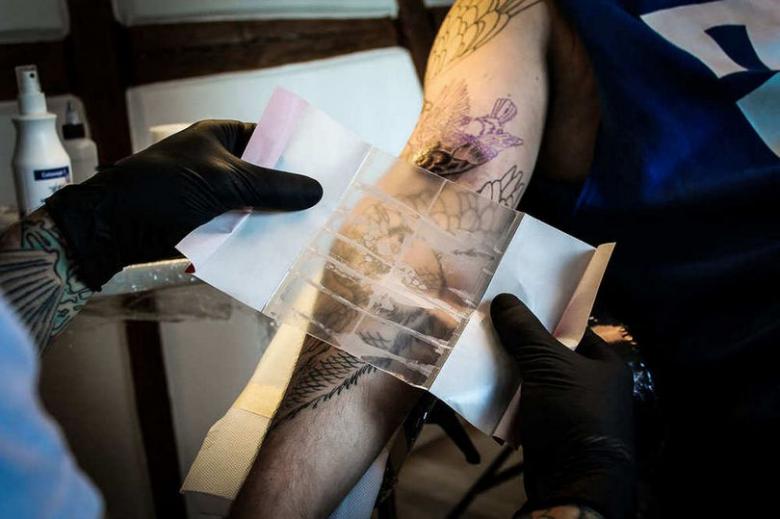
The above products are not medicines and are not distributed through pharmacy chains. You can buy them in specialized salons, at thematic exhibitions or on the Internet.
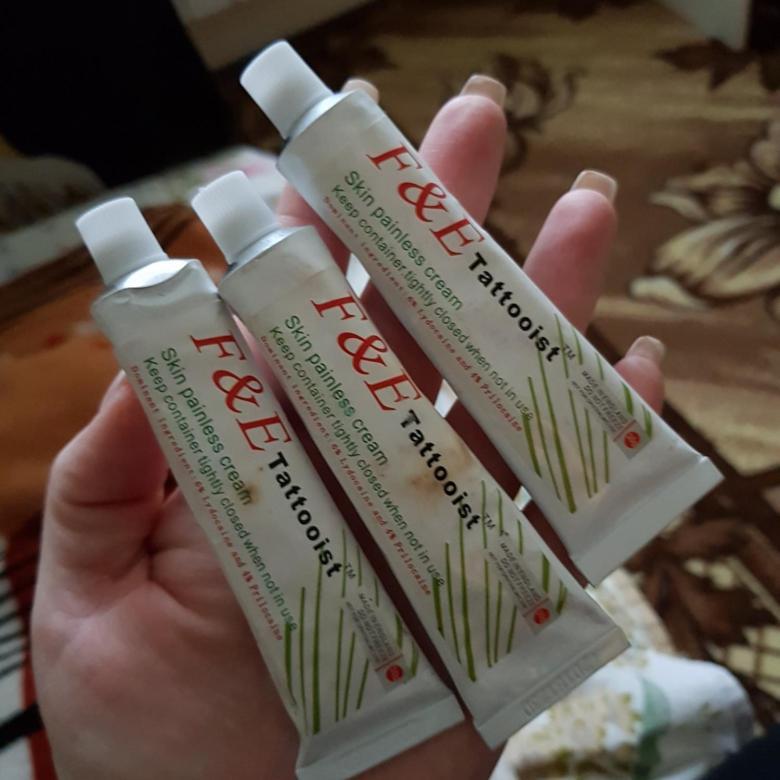
How not to make a mistake when choosing an anesthetic
Before buying a cream, it is important to pay attention to three main indicators:
- the concentration of the anesthetic substance, the value of which depends on the degree of suppression of pain sensations;
- The speed of the body's reaction;
- The duration of the drug.

If you are going to work on a "large scale", choose medications that suppress pain for up to 4-6 hours. Consult with the doctor in advance; maybe he/she has his/her own, well-reasoned preferences for the selection of medications.
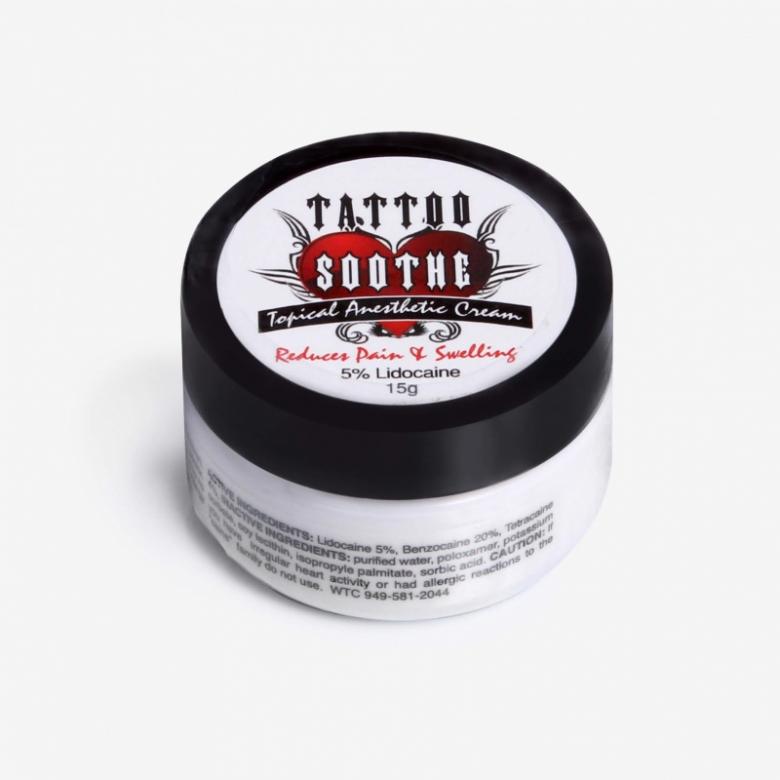
It is necessary to take into account the peculiarities of the body. There are particularly sensitive areas on the body: head, neck, chest, ribs, groin and inner thighs, front and back of the knee, ankles, hands. The discomfort is easier on the outside of the arms or the front surface of the thighs. 24 hours before a session, test the cream on a bend of the elbow or behind the ear for an allergic reaction.
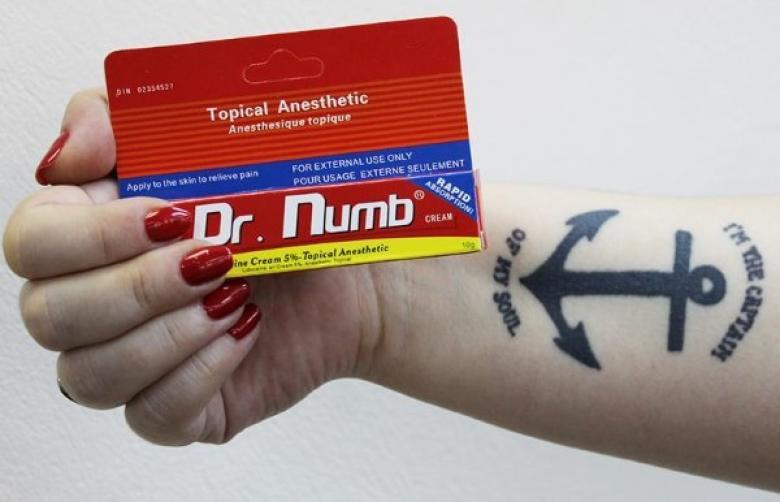
Is it possible to do without anesthesia at all?
You will not be able to fully stop the pain, but it is possible to significantly reduce its perception. To do so, it is sufficient to adhere to a few simple rules.
- The body is able to cope with pain on its own. At the signal of the brain there is a sharp release of endorphins, resulting in a few minutes of habituation to the pain and it no longer seems unbearable.
- Once again specify the time of the meeting, discuss with the master all your concerns, make sure that the sketch of the drawing is still 100% to your liking.
- Start using moisturizing lotions beforehand. Dry and thinning skin is more sensitive, more easily traumatized and prone to scarring.
- Choose the least sensitive place for your first tattoo.
- A walk to the salon, your favorite tracks in the player or a friend's company (if the master will not mind his presence) will help to relax and relieve unnecessary stress.
- If it is really necessary, ask to take a break during the session to "take a breath".
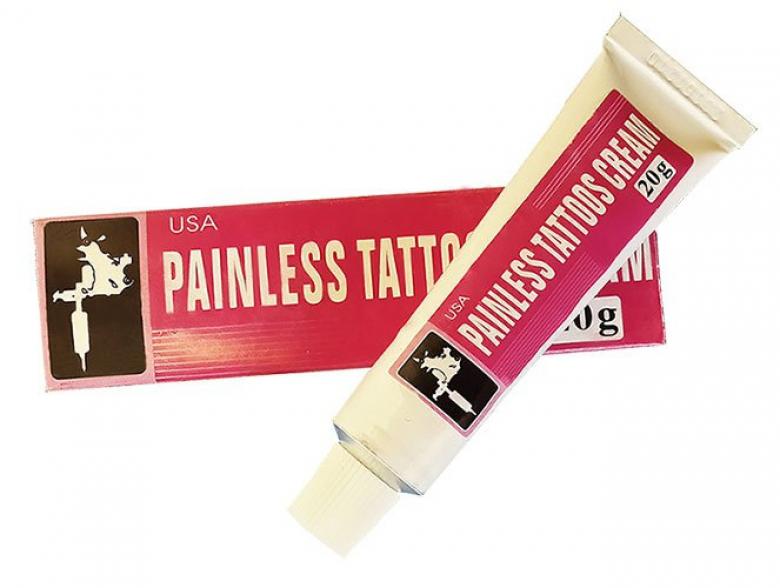
A healthy, rested body is easier to overcome stress and discomfort, so the day before reduce physical exertion and get a good night's sleep. A couple of hours before the session it is desirable to eat something solid, but not spicy or salty.

What you should not do the day before
To ensure that the first experience is not disappointing, and that there are no unforeseen and undesirable consequences, it is strongly NOT recommended:
- Use any medications unless indicated;
- Drink alcoholic beverages, including low-alcoholic ones, at least one day (or even 3-5 days) before the session;
- Increase the consumption of coffee, tea, and energy drinks;
- visit a solarium or a beach to avoid sunburns;
- women to get a tattoo during the critical days because of the physiological decrease in blood clotting.
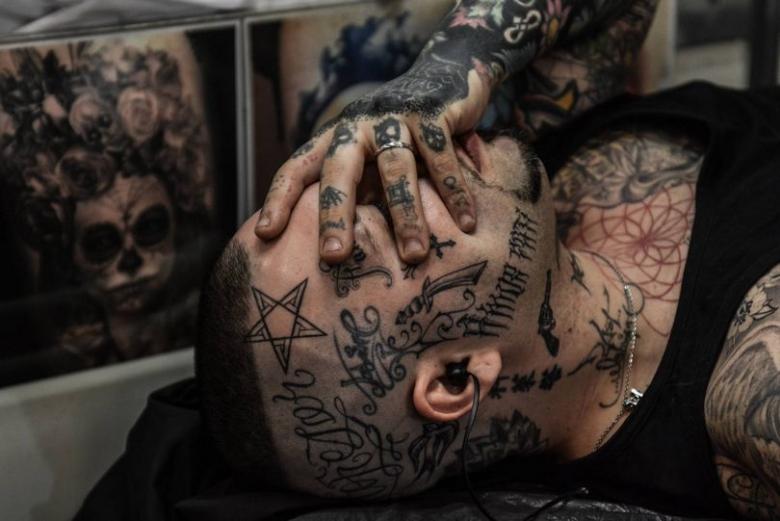
To be completely confident in the painlessness and safety of the upcoming procedure, make sure that the purchased product is not counterfeit.

Buy ointments only from trusted craftsmen or professional salons. Do not use drugstore forms of anesthetics or cosmeceuticals.

Careful preparation will help avoid unnecessary worry and negative emotions.

